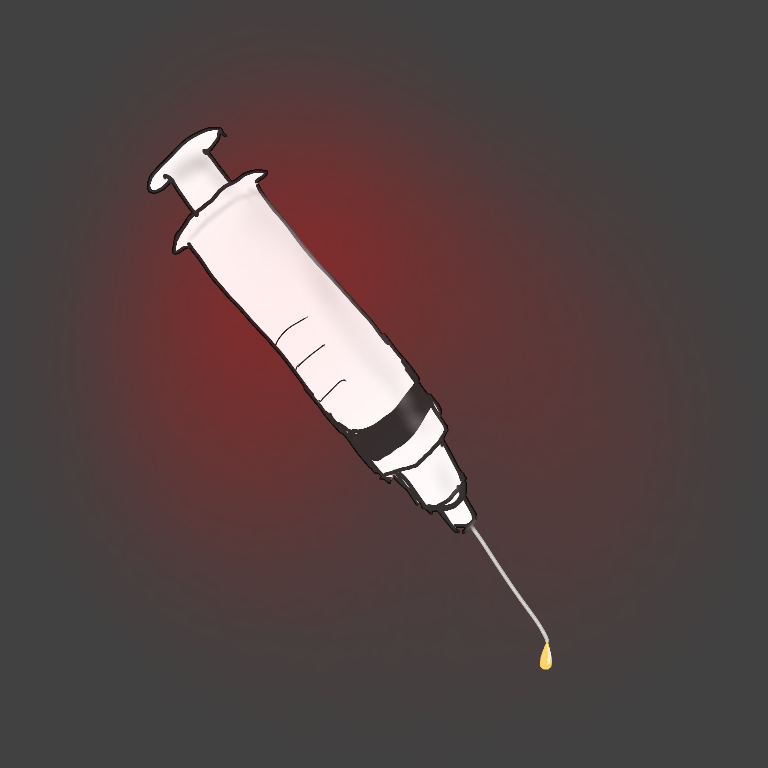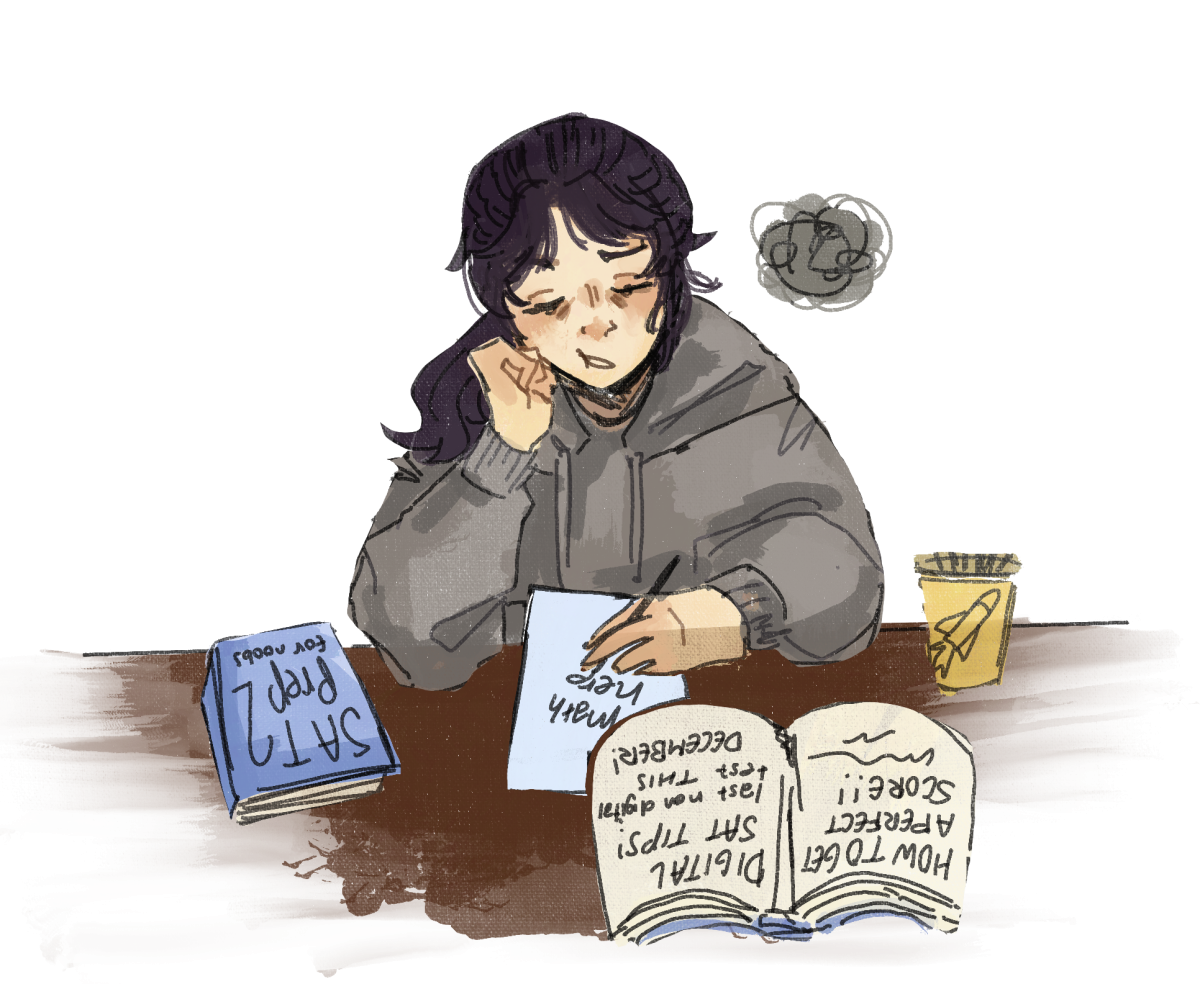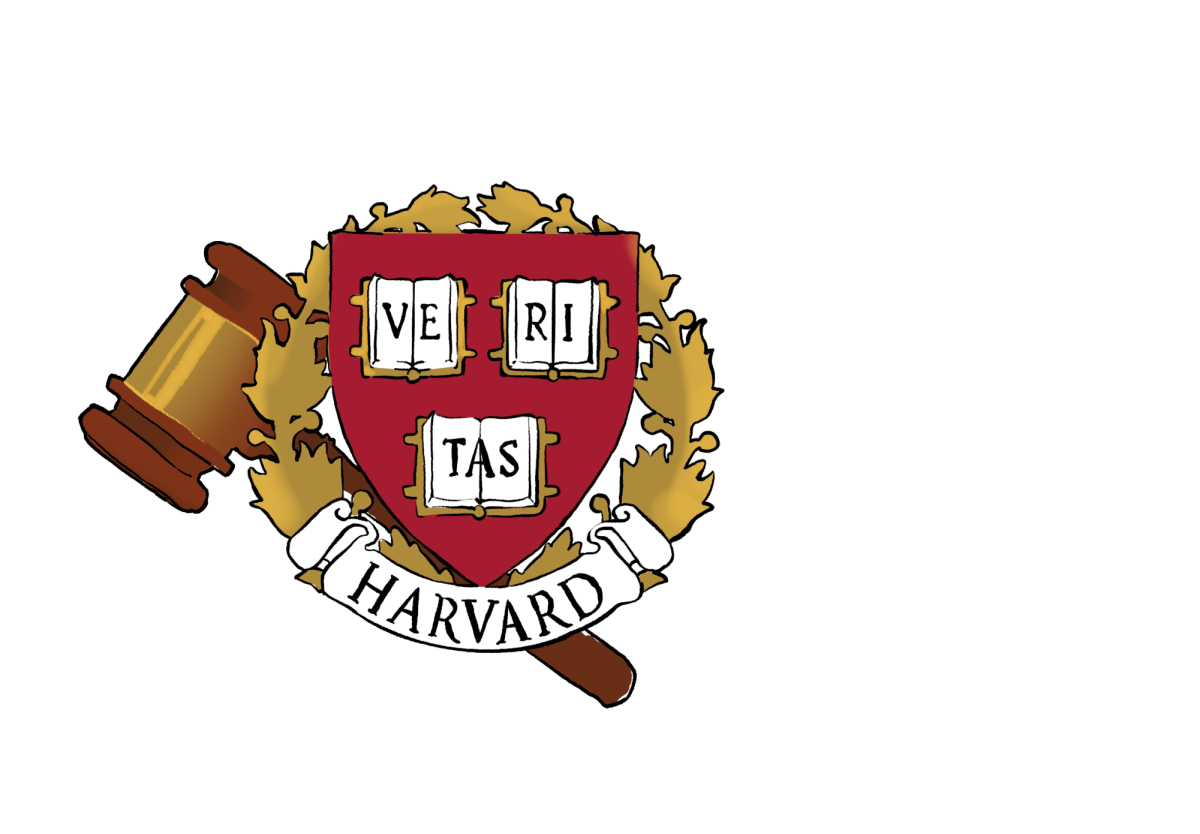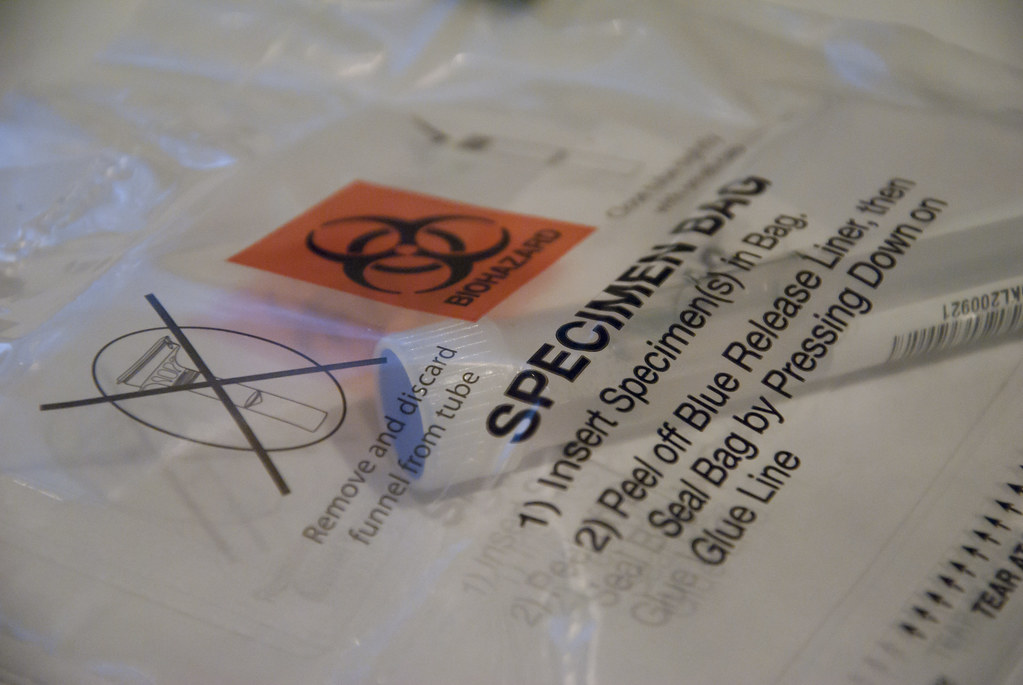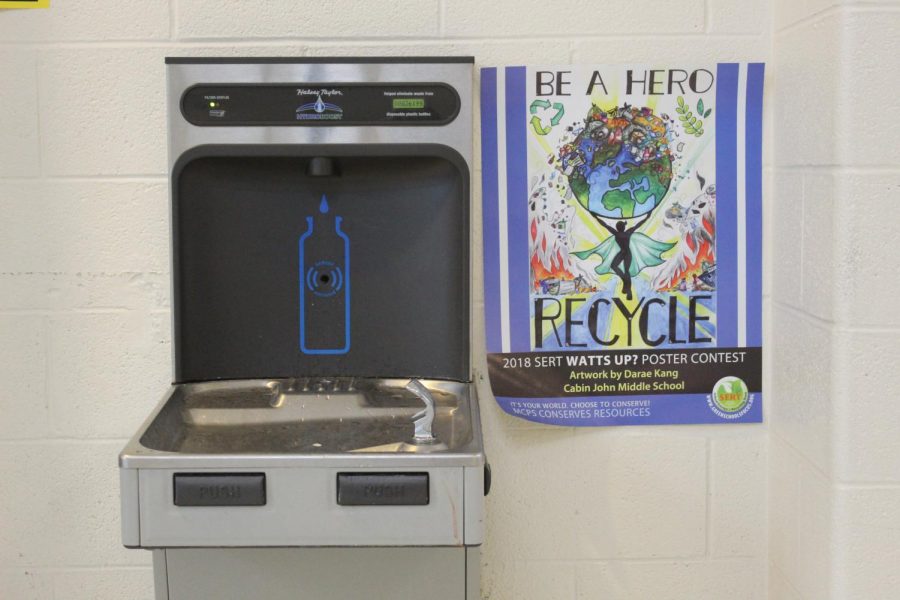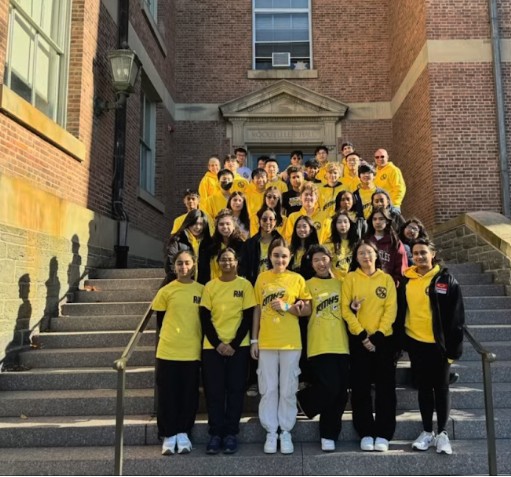Getting your annual flu shot might seem like an inconvenience, but the impacts of the flu virus can be serious, especially for vulnerable groups like children, the elderly, and those with pre-existing health conditions. Each year, millions of Americans get sick, and tens of thousands are killed by the flu. But there’s one powerful tool that can help protect us all: the flu vaccine.
Flu vaccines are developed annually to combat specific strains of the influenza virus that researchers predict will be most common in the upcoming flu season. Scientists at the World Health Organization (WHO) and Centers for Disease Control and Prevention (CDC) monitor flu activity year-round to identify these strains. Once identified, vaccine production begins. Most flu vaccines are created using inactivated virus particles, grown in eggs or cell cultures, to safely stimulate the immune system without causing illness. After production, vaccines are rigorously tested to ensure safety and effectiveness.
“It probably took quite a long time to develop the flu vaccine since there are so many factors that scientists and physicians have to take in account, “ senior Kaeden Robertson said.
To get to your local clinic, the vaccines then undergo another long process. Once flu vaccines are produced, they undergo quality control checks to ensure safety. After approval, the vaccines are distributed by manufacturers to distribution centers, which then supply them to healthcare providers, pharmacies, hospitals, and clinics across the nation. Public health organizations, such as the CDC, also work closely with local health departments to ensure equitable access, prioritizing areas with high-risk populations.
“A lot of pharmacies and grocery stores near RM offer free flu vaccines. Students can always go to the CVS or Walgreens that’s really close to the school,” senior Emily Perkins said.
The benefits of flu vaccines extend beyond individual security; they safeguard the entire RM community. By reducing the number of people who get sick, vaccines help prevent the spread of the virus, keeping our school less burdened during flu season. Within RM, for example, flu vaccination could significantly decrease school absences, meaning fewer missed days for both students and staff, ensuring that learning and productivity remain uninterrupted. Additionally, it reduces the chances of severe complications, such as pneumonia, for at-risk individuals.
“Getting the vaccine really doesn’t take that long and is super quick. If students are able to get a flu vaccine, they definitely should,” Robertson said.
As we’ve seen, the flu vaccine is more than a shot—it’s a community effort to keep each other safe and healthy. By getting vaccinated, we contribute to a healthier school and local environment. With flu season just around the corner, it’s time to take action and encourage others to do the same.
“I always make sure I am vaccinated to not catch any school illnesses floating around. I think if others do the same, we can lower the amount of students that actually get sick,” Perkins said.
If you would like to voice your opinion on an issue you feel is relevant to our community, please do so here. Anyone is able and welcome to submit a Letter to the Editor, regardless of journalistic experience or writing skills. Submissions may be published either online or in a print issue.


